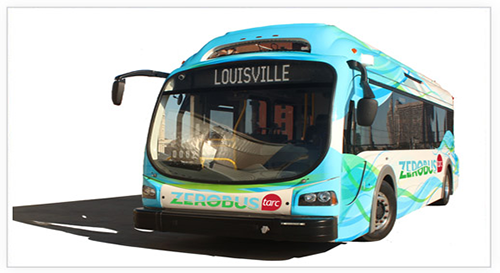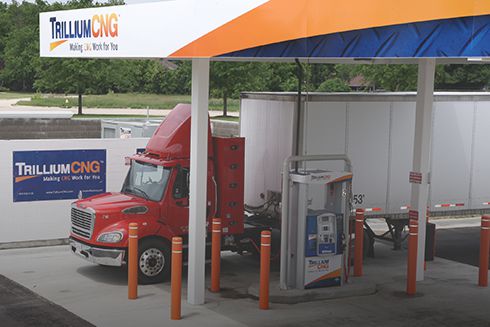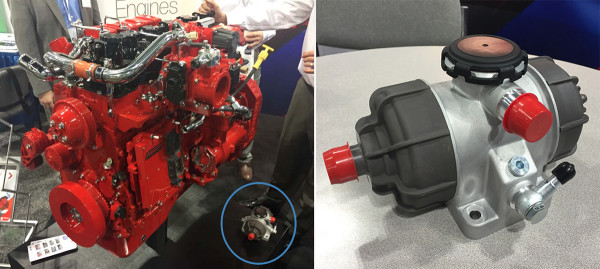New clean air rules could cost Austin region billions, report says

By Asher Price – American-Statesman Staff If the Austin area runs afoul of new federal clean air standards, the region’s economy could suffer tens of billions of dollars in losses over the next three decades, according to a new report by a coalition of local governments. Triggering a cascade of new government regulations, a violation […]
NGV Experts Discuss Federal Policy Landscape

By NGT News Last week, a group of natural gas vehicle (NGV) policy experts discussed recent federal roadblocks and successes for the U.S. NGV market and other alternative fuel industries. The panelists, talking at the North American Natural Gas Vehicle Conference and Expo in Denver, offered a mix of optimism and pessimism about what’s to come […]
FTA Offering More Grants for Alt-Fuel Transit Buses

The U.S. Department of Transportation’s Federal Transit Administration (FTA) has announced the latest round of funding under its Low or No Emission Vehicle Deployment Program (LoNo). The agency is making $22.5 million in new grants available to help deploy transit buses powered by alternative fuel technologies, such as hydrogen fuel cells and electric and hybrid […]
CARB Revamps Clean Fuel Standard

The California Air Resources Board (CARB) has unanimously voted to push forward with the state’s controversial Low Carbon Fuel Standard (LCFS), which requires a 10% reduction by 2020 in the carbon intensity of transportation fuels in California. Furthermore, the agency also adopted a regulation governing alternative diesel fuels (ADFs). Established in 2007 by an executive […]
For Sale: Station Developer Trillium CNG

WEC Energy Group, a Milwaukee-based electric and natural gas delivery company, is looking to sell its Trillium CNG subsidiary. Headquartered in Chicago, Trillium CNG is a major provider of compressed natural gas (CNG) station design, construction, and operations and maintenance services. Integrys Transportation Fuels, doing business as Trillium CNG, recently became a part of WEC […]
CWI’s ISL G Certified as ‘Near Zero’

The U.S. EPA Is Expected to Follow California Air Resources Board As Natural Gas Again Provides the Cleanest Transportation Option, Next-Generation Engines Are to Be Available for Vehicles in 2016 The California Air Resources Board has certified the 100 natural gas-fueled 8.9-liter ISL G engine by Cummins Westport for “near zero emission” of nitrogen oxides: […]
